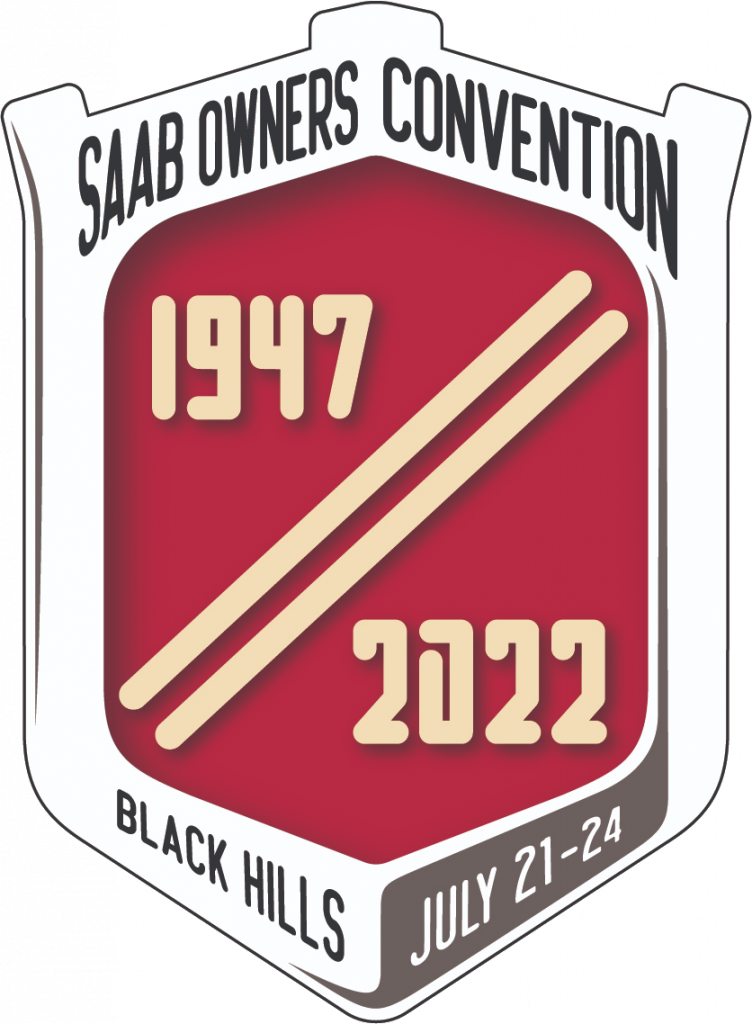“Ursaab”, translated “original Saab” was Saab’s first prototype automobile. Since the Swedish aircraft manufacturer Svenska Aeroplan Aktiebolaget (SAAB) expected significant production declines as a result of the end of the war, various concepts were developed to keep the plant running at full capacity. Considerations were: motorcycle or vehicle construction, prefabricated houses , fitted kitchens, or ships with light metal hulls. “Projekt 92” came into being as a result. The intention was to build a small car to compete in the marketplace against manufacturers such as Volkswagen, Volvo, Opel, DKW, and others. A Saab had to be the right size, type, construction, and price – a small, affordable car. The vehicle had to be light, aerodynamic and offer space for four people. The target consumer price was 3200 SEK (equivalent to 366 USD).
Project 92, so-called as numbers 90 and 91 had already been assigned to civilian aircraft, was agreed to by Saab in 1945. The development took place under the technical direction of engineer Gunnar Ljungström; the body design came from industrial designer Sixten Sason . Of the 16 developers, only two – Ljungström and Rolf Mellde , who also acted as test driver – had a driver’s license.
Extensive flow tests were carried out with a wooden model ( scale 1:10) in the company’s own wind tunnel. The “Ursaab” achieved a value of 0.32, which was extraordinarily good for the time . The streamlining was aircraft like and was designed to reduce fuel consumption. The full size model was viewed with some reservations by Saab management, and in response engineer Gunnar Ljungström was noted to say: “…if it can save 100 litres of fuel a year, it doesn’t matter if it looks like a frog.”
The Ursaab had front-wheel drive and was propelled by a DKW two-cylinder, two-stroke engine (DKW was one of the four companies that formed Auto Union in 1932 and is hence an ancestor of the modern day Audi company) . The engine had a displacement of 692 cm³ and developed 14 kW (18 hp) at 3500 rpm. Thanks to the good aerodynamics, the top speed was more than 110 km / h (68 mph!), around 20 km / h higher than that of an identically motorized DKW. With its self-supporting body and independent wheel suspension all around, the Ursaab had very modern design features. The choice of rear-hinged doors was made by Gunnar Ljungström as he wanted to lessen the risk of damaging doors while backing out of a garage.
The Ursaab was ready to drive by the end of summer 1946 and was immediately tested day and night. Prototype cars 92002 and 92003 were driven on every possible type of road surface and with the Ursaab (92001) clocked over 329,327 miles – equivalent to 13 journeys around the world. 92002 was presented to the Swedish press on June 15, 1947 at the Linköping headquarters next to the Ursaab, which at that time had covered around 31,000 miles on test drives . Another two years passed between the presentation of the prototypes and the start of series production of the Saab 92.
A curious feature of the Ursaab was the hood emblem. This was the first emblem to appear on a Saab automobile. The symbol itself was nothing more than a fictitious heraldic symbol which did not appear on any Saab since. The characters on the badge have no meaning, but It is an iconic symbol which is a reminder of how and where Saab automobiles came from. The summer of 2022 marks the 75th anniversary of Saab automobile, and the Saab Club of North America will feature this iconic symbol as its logo for the Saab Owners Convention 2022 in Sturgis, South Dakota. The backdrop of the Saab Heritage Museum USA and this iconic symbol will serve to remind us of Saab’s humble beginnings. Make plans to attend SOC 2022 today and join us in celebrating 75 years of Saab!
